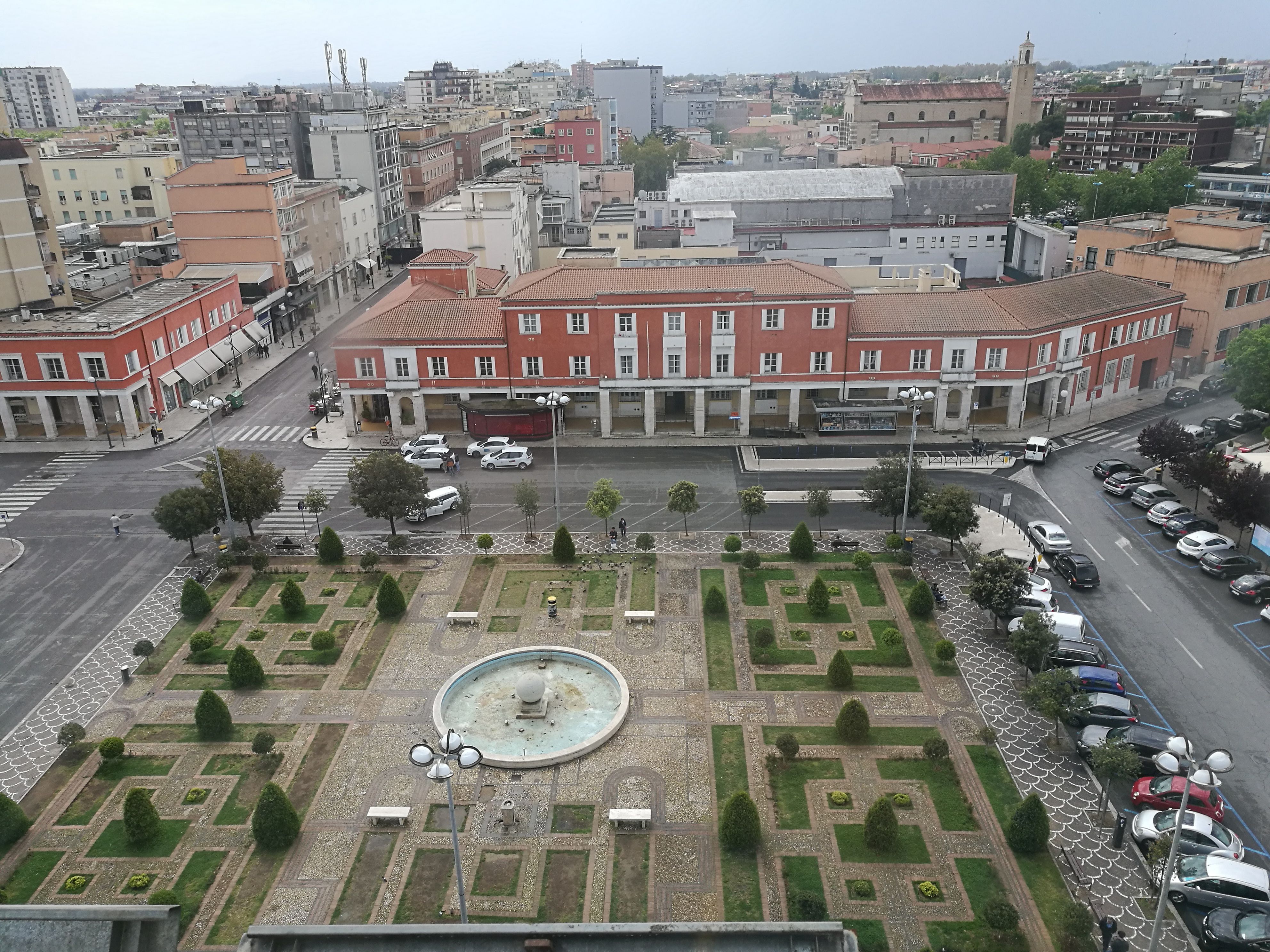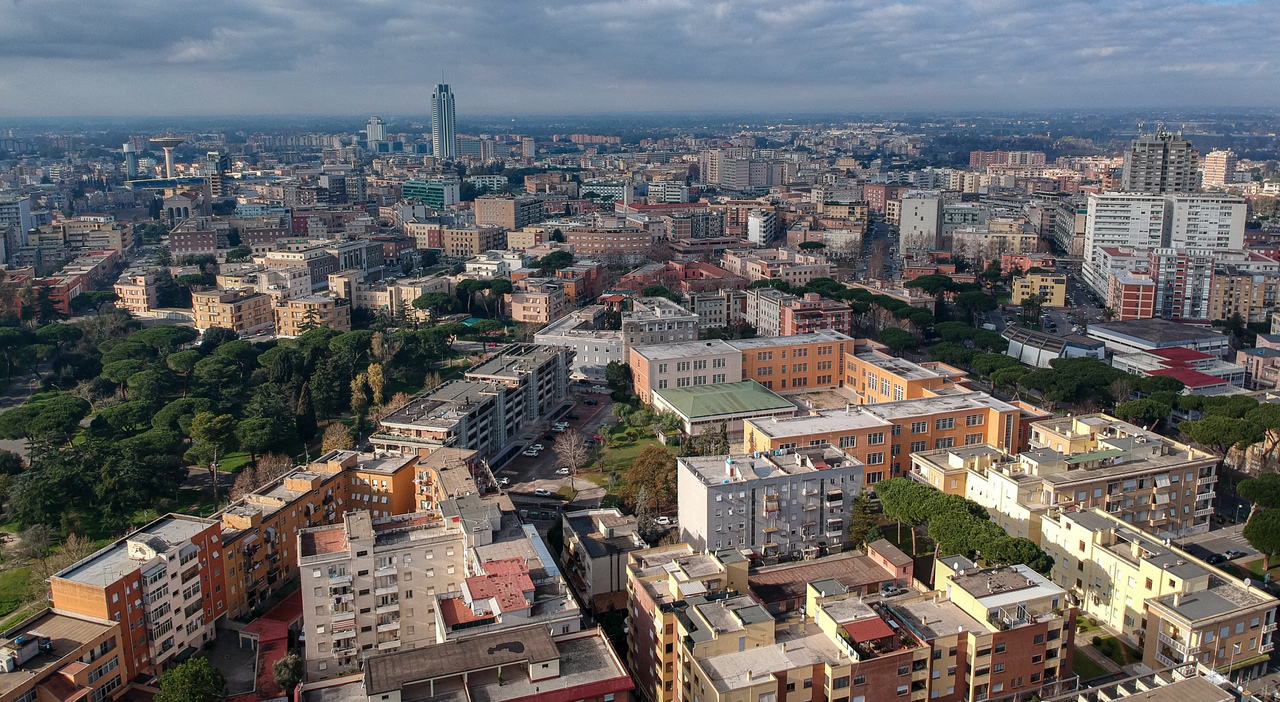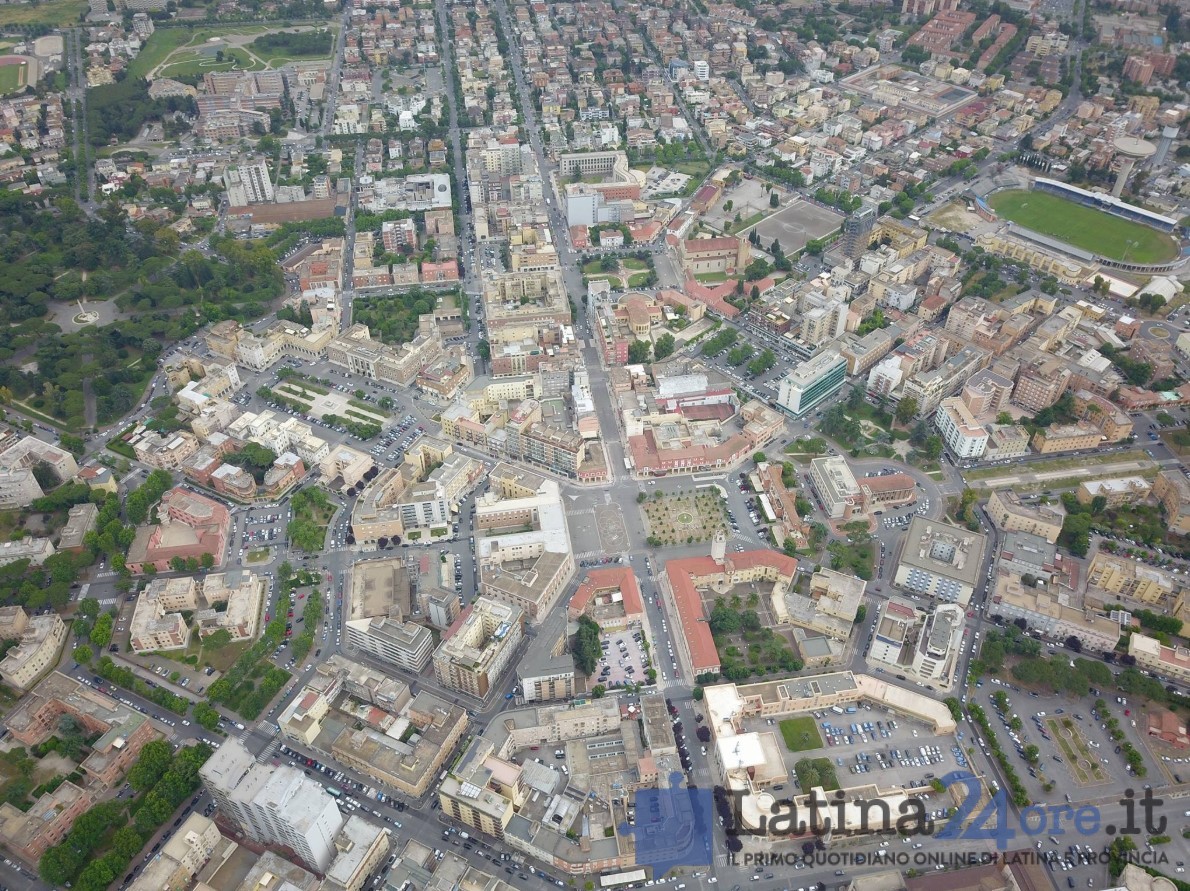Latina

Latina was founded with the name of Littoria during the Fascist period and inaugurated on 18 December 1932, it is one of the youngest cities in Italy: it took on its current name on 7 June 1945 following the publication of the lieutenant decree of 9 April 1945, n . 270, with which the fascist toponym was replaced by one that allowed to keep the existing abbreviation of the province.

Before the reclamation of the Agro Pontino, the territory was characterized by extensive wetlands of which the last vestiges are preserved within the Circeo National Park and the Ninfa Oasis. Despite being an area of ??high biodiversity and of particular importance for the migration of birdlife, these areas were the breeding grounds of the Anopheles mosquito, notorious vector of malaria which, together with the abundant stagnant waters, have always made colonization and agricultural exploitation of the Pontine plain since ancient times.

The first populations who lived there were the Latins (people who give their name to Lazio, Latium, and to the same language as the Romans), from which the current name of the city derives, who founded Satricum, on the border with the current municipality of Neptune, and other cities of the Latin league whose remains are today in the northern part of the province. Later the Romans built the Via Appia, where Tres Tabernae (today's Cisterna di Latina) was located and subsequently several centers arose including Tripontium (today's Tor Tre Ponti) and Forum Appii (today's Borgo Faiti), mentioned in the Acts of the Apostles.

Subsequently, with the barbarian invasions and the attacks of the Saracens, the reclamation works carried out by the Romans were destroyed, and the swamp returned to invade even those territories that had managed to wrest from the water. In the following centuries, by various Popes, attempts at reclamation will be reported, almost all destined for failure. In those years, Latina was an immense large estate belonging to the Caetani family and remained so until the 1930s.

In the initial reclamation projects, fascism had foreseen an exclusively rural development for the Agro Pontino, without the birth of new large urban centers.
But soon the government commissioner for reclamation, Valentino Orsolini Cencelli, realized that the pre-existing municipalities of Cisterna and Terracina were insufficient to cover the needs of the pioneers.
The project for a new administrative center therefore focused on the locality of the "Gate of the Square", where small settlements already stood.
The first stone of the new city, whose project was designed according to the canons of rationalist architecture by Oriolo Frezzotti, was laid on June 30, 1932.

The foreign press praised the construction of Littoria by dedicating extensive articles to it.
Mussolini on December 18 of the same year took part in the solemn inauguration ceremony.
The birth of the new city went around the world. The municipal territory was created by obtaining it largely from that of the current Cisterna di Latina (at the time "Cisterna di Roma" and from 1935 "Cisterna di Littoria"), but also from the municipalities of Nettuno and Sezze.
Littoria was erected as the capital of the newly formed province in 1934.
Fascist propaganda exploited the work of reclamation and inserted it into the "battle of the grain" to fight the economic crisis following autarchy.
Mussolini often went to the former marshes and the propaganda images of Mussolini are known, showing himself intent on working the wheat shirtless, together with the colonists.
The municipality of Littoria was populated with the massive immigration of settlers mainly from Veneto, Friuli, Emilia and Romagna, today collectively called the Veneto-Pontine community, to which the farms built by the Opera Nazionale Combattenti were delivered, similarly to what operated in the neighboring municipalities of the plain.
Between January and May 1944, the city was severely damaged by the bombings of the Second World War and the surrounding area was first involved in the Landing of Anzio and then in the Battle of Cisterna, important events that led to the liberation of Rome by the allies. .
In 1944, he changed his name to Latina thus explicitly marking a detachment from the dictatorship. The new toponym was decided by assuming the ancient one of the territory that surrounds it, namely the Latium Novum.
Inserted, together with the province, in the areas protected by the Cassa del Mezzogiorno, it experienced extraordinary economic and demographic growth in the sixties and seventies, transforming itself in a few years from a rural center into an industrial city.
In the 1950s, a state-of-the-art nuclear power plant was built in Borgo Sabotino, strongly desired by Enrico Mattei.
The plant was closed after the 1987 referendum and is now being dismantled.
Video: Latina
Map: Latina
Address: Via A. Costa 1 04100, Latina
(LT) Lazio
Latitude: 41.4672672
Longitude: 12.9032161
Site: https://www.provincia.latina.i...
vCard created by: BBCC
Currently owned by: BBCC
Type: City
Function: Public place
Creation date:
Last update: 17/08/2021